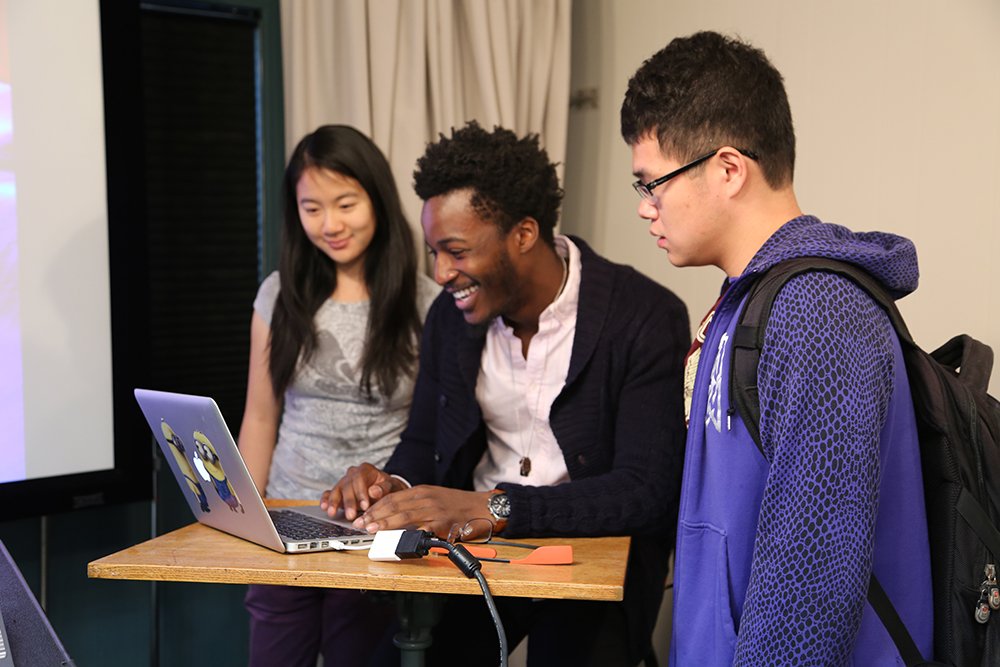Reducing Gender Bias and Discrimination

College and university campuses are filled with individuals from all backgrounds and from many different cultures. Each of us brings our own experiences to campus, and with our individual experiences, we also bring our own biases. Although the bias may not be deliberate, our biases may affect our decisions, choices, and how we interact with others on campus. For individuals in positions of responsibility, such as faculty members, instructors, teaching assistants, and group leaders, biases may result in excluding qualified applicants, grading or evaluating of students in uneven and inconsistent manner, and in limiting academic, research and employment opportunities. A 2018 study by Pew Research indicates that 78% of women in science and engineering workplaces, which are composed primarily of men, report experiencing gender-related discrimination. The most common complaints involve feeling that they continuously need to prove that they are capable of doing the work, gender discrimination in recruitment and hiring processes, and fewer opportunities for promotion and advancement.
The 2015 Solving the Equation report by the American Association of University Women describes the challenges faced by women in engineering and computing, including gender stereotyping and bias. Much of the report describes why women leave technical fields. The report concludes by acknowledging that one way to reduce bias against women in these fields is to have a critical mass of women succeed in engineering and computing. That outcome is hard to achieve if there is not a critical mass of women in these fields. The report has many other recommendations, some of which are summarized below.
For everyone
- Educate yourself about ongoing research on bias and how to mitigate the effects.
- Spread the word that engineering, computing, and science skills and competencies are learned, not innate.
- Frame adversity as a common experience for everyone so that challenging technical work does not signal that some group members do not belong.
- Contribute to a welcoming and respectful environment for all group members.
For friends and colleagues
- Create support networks that provide opportunities for comradery and collaboration.
- Mentor students and junior-level colleagues.
- Work collaboratively, acknowledging the contributions of others.
For leaders
- Ensure that your communications explicitly convey that your group values diversity and gender inclusiveness.
- Avoid language that creates "stereotype threats", such as a faculty member indicating that gender could play a role in being able to successfully compete or complete a task.
- Make positive role models visible. Include images in public spaces of people from different racial, ethnic, cultural, ability, and gender backgrounds.
- Create clear criteria for measuring performance, evaluations, and grading, and ensure transparency in the process and apply them evenly to all group members.

